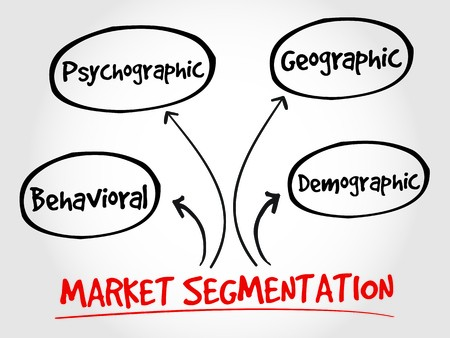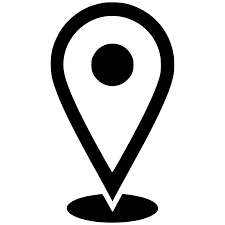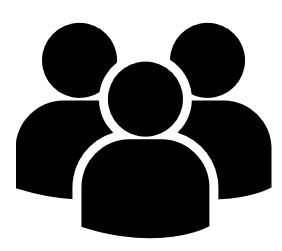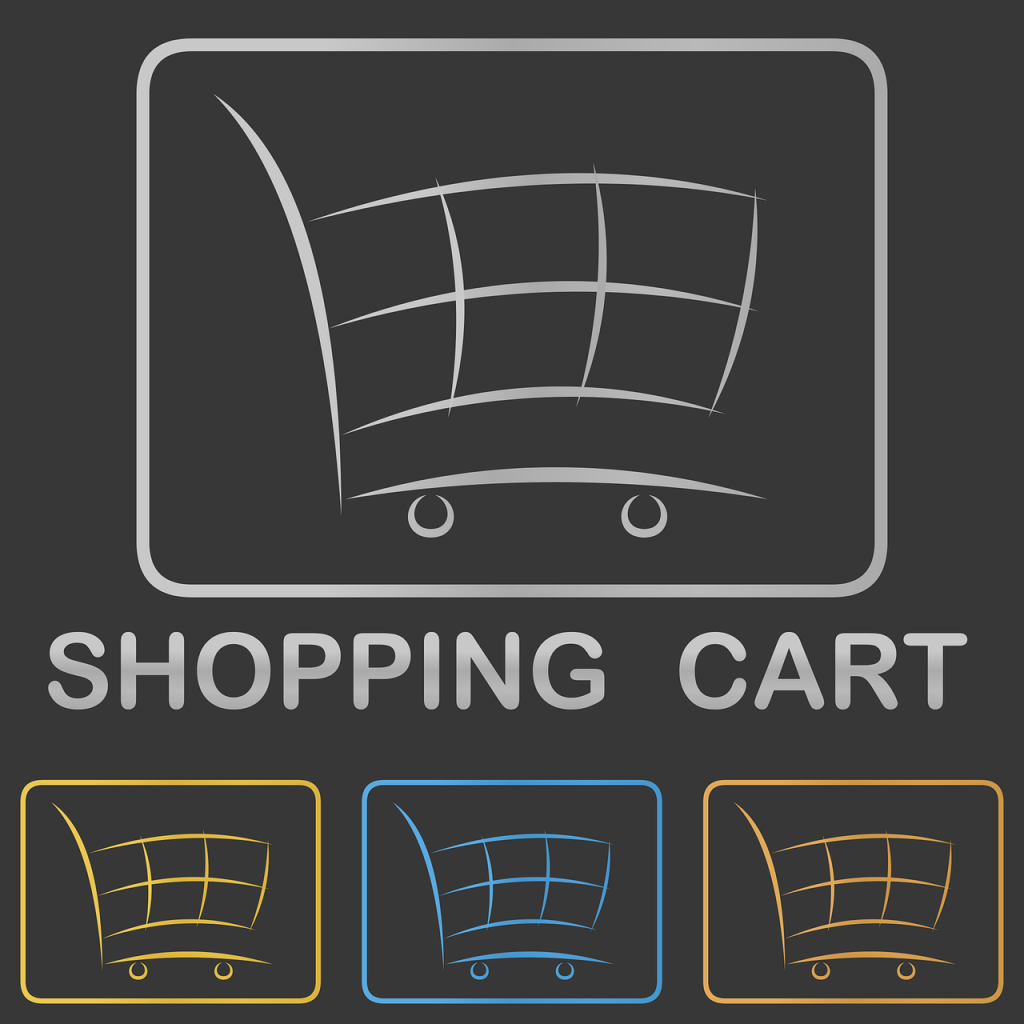Imagine that you are going for a golf outing on a beautiful sunny day. It’s a perfect day to be on the course, and you’re looking forward to getting more than a few holes-in-one.
You’ve also got a first-class set of golf clubs with you. However…as you make your way around the course, despite facing different difficulty levels, distances, and terrain…
…you keep using the same club.
You’re probably laughing at the ridiculousness of this scenario. We have different kinds of golf clubs for use in a variety of situations and skill levels. It would be as pointless for a newbie to use a muscleback club as it would for pros to use a cavity back.
The different compositions and sizes of the iron all exist to maximize your performance and give greater loft across different lengths and distances. If you really want to play your best, it would be truly detrimental to simply use the same club for the entire game.
And that’s exactly how segmentation works. If you’re sending the same emails and showing the same ads to all your leads, you’re using the same club for the entire game.
And the effects on your bottom line can be detrimental.
If you want to win the game of getting more conversions, you need to play with different clubs when it comes to connecting with your prospects, leads, and customers.
After all, not all of them are created equal.
So what is segmentation? What can it do for your business? And what are some market segmentation strategy examples that can help you more directly define and relate to your audience?
We’re about to explore that and more.
What is Segmentation, Anyway?
Segmentation is the process of dividing your market into different categories of people who share similar characteristics and purchase behavior so you can optimize your marketing and sales.
This strategy allows you to pinpoint with laser accuracy not only your target market, but the subgroups within it, making it possible for you to more specifically and clearly speak to their needs.
Remember: one of the most important steps to take in your marketing is to define your customer persona, a representation of your ideal customer and their pain points, values, and ideal end results.
Segmentation takes that persona and subdivides it into groups of different traits and purchasing behavior.
It helps you to even more clearly know your audience so you can tailor your marketing to fit these groups…and it works.
The data proves it:
- Email campaigns that used segmentation exhibited open rates of more than 10% higher than non-segmented campaigns and nearly 95% higher click-through rates
- Reports of spam or abuse were reduced by 3.7% and the rate of unsubscribes dropped by more than 10%
- It’s becoming more popular, with segmented emails generating 58% of all revenue and 77% of email ROI.
To compete, you need to start taking advantage of segmentation and redefining your audience with greater accuracy.
The truth is, you’re surrounded by marketing segmentation strategy examples and may not even know it. When you log onto Facebook, your newsfeed features not only posts from family and friends, but also ads for products and websites that seem perfectly tailored to your interests.
It also comes into play on websites like Amazon or programs like Netflix in the form of suggestions of what to buy or watch next. “Customers who bought X also bought Y” is a social proof statement that makes suggestions of what your next action should be based on previous behavior.
Best of all? Segmentation isn’t limited to a particular industry or product type. No matter what kind of business you have, there’s a segmentation strategy for you.
Know Your Segmentation Categories

Segmentation can obviously look different depending on different industries and types of business. However, there are generally four “buckets” that are considered in the segmentation process.
Geographic

Geographic segmentation separates your market based on physical location. Different locations carry with them a variety of different preferences and purchase habits, as well as values, beliefs, and experiences—and taking these things into consideration can mean great success with targeting the right market.
Here’s an example. Let’s say you own a swimsuit company. Numerous factors will come into play for your business in terms of location. You’ll obviously want to cast your net more broadly during the summer months since those are the prime time for swimming weather.
However….southern states such as Florida will always have a need for swimsuits. Even though you might reduce swimsuit ads in northern regions come September, southern states will still have a very active market.
Another rising use for location segmentation is targeting users based on their specific area to draw them to particular events. For example, when the Open Golf Championship used segmentation in their email campaigns advertising the event, it allowed them to compile personalized maps to the event for users.
This campaign resulted in over 500 new leads and an overall traffic increase of 250%.
Demographic

Demographic segmentation breaks up your market according to factors such as age, gender, income, family size, education, occupation, and more.
Clearly, your customers’ values, pain points, and needs will vary greatly depending on these factors, so it’s important to use them to specify your audience.
Considering demographic elements can make the difference between successfully marketing your product and failing—just because a group may have purchasing power doesn’t mean that other variables won’t make it harder to buy.
Here’s another marketing segmentation strategy example. If you’re trying to sell cars, marketing to teenagers or even 20-somethings wouldn’t be the best way to go about it. The best audience would the parents of those younger people who might want to buy them a car to begin with.
The key to demographic segmentation is to make your segments as specific and detailed as possible. For instance, if you worked for an educational toy company and ran an email campaign targeting moms, you might have some success convincing them that your products are the best buy for the kids.
BUT…what if these moms have teenagers? Your toy advertisement isn’t going to speak to their need for an activity that will keep Little Suzie busy AND teach her something at the same time.
However, if you tweak that demographic to fit moms with children under the age of 10, you are more likely to get the most out of your campaign.
So where do you get demographic data? A great way to do it is by surveying your current customers and asking questions related to the most common demographic categories—income, household members, age, gender, etc.
This can help you pinpoint exactly who is buying your product and thus what demographics to focus on as you build your campaigns.
Psychographic

While demographic and geographic segmentation focuses on external attributes that affect your customers’ purchasing habits, psychographic segmentation looks at the internal characteristics that determine whether they will engage with your brand.
These can include wants, needs, desires, attitudes, personal views, personal interests, and lifestyles. These internal attributes will also intersect with the external aspects of customers’ lives, since these external factors shape their beliefs and needs.
A good example of this is the fitness market. Gyms that want to be successful focus on people who show an interest in developing a healthy lifestyle or getting fit. This may also intersect with gender, as both men and women have different internal reasons and motivations for wanting to join a gym.
As another marketing segmentation strategy example, let’s look at the approach a coffee company might take. Consumers who live in a big city have different reasons for drinking coffee than people in rural areas. People in urban areas drink coffee not just because it tastes good and provides energy, but because it’s fashionable and important to their social lives.
These are people who are eager to try out the latest coffee house, drink lattes at coffee dates with friends or business meetings, and get something to sip on while at a poetry reading or a concert.
The rural consumers, though, have different needs and attitudes. For them, coffee is less of a lifestyle element and more utilitarian, a necessary thing to get them through the day.
While consumers in the city go out to coffee shops for social and entertainment purposes, blue-collar workers take a thermos of coffee to work and sip it throughout their shifts.
As a result, running an ad campaign with pictures of urban consumers enjoying coffee at a fancy cafe wouldn’t work with that audience. Not just because of location, but because of their attitudes toward the beverage and how culture shapes them.
A good place to start with psychographic segmentation is to look at the external factors of location and demographics, and then allow those findings to reveal your customer persona’s beliefs and attitudes about your product.
Behavioral Segmentation

While psychographic segmentation focuses on the personal beliefs and attitudes that drive consumer decision making, behavioral segmentation looks at the decisions themselves.
Specifically, it centers on what actions consumers have taken and what steps the company wants them to take next. And the best way to segment by consumer behavior is by focusing on what stages of the customer value journey your customers are in.
Remember—the key to the customer value journey is that it follows the natural course of human relationships. You wouldn’t ask someone what they want to name your future children on your first date, would you? Would you stop investing in that relationship just because you got married? Of course not!
It’s the same thing with the way you relate to your prospects and customers.
Here’s a marketing segmentation strategy example of how this works. You could group your customers according to what stages in the value journey they have taken—for instance, people who have downloaded a lead magnet, made a tripwire purchase, and purchased certain core offer products would all go in their own separated segmentation buckets.
This would ensure that people who have downloaded the lead magnet are now retargeted with ads directing them to make their tripwire purchase. Likewise, you can turn new customers into repeat consumers by targeting them with ads that sell them something else.
Let’s put this into practice with another example. A beauty shop might segment clients according to what services they have received in the past, such as eyebrows, haircuts, and color jobs. They could then target customers to bring them back by reminding them to stop back for a trim or to freshen their hair color.
The ultimate step in behavioral segmentation, of course, is making a customer into an advocate for your brand, continuing to show them new offers to take advantage of and targeting their previous purchasing behavior.
How to Get Started With Segmentation

Research the Market
Before you can begin planning your segmentation strategy, you need to get the insights into your consumers to guide you to the right categories. This is where you send out surveys to your current customers and pay attention to their recent behavior.
Choose Your Segments
Once you have the information you need, you can decide which of the four segmentation categories you want to focus on. Remember—you can and should do more than one.
Let’s go back to the marketing segmentation strategy example of the coffee shop and say that it’s located in Chicago. This coffee shop is a family-oriented space that provides not only delicious coffee and a space to meet for social dates, but also a supervised play area for kids.
The idea is to give moms a place to grab coffee with a friend or get some work done while their kids get in some playtime.
An ideal segmentation campaign for this business would target moms with children under 6 (demographic) in Chicago (geographic) who experience stress from parenting and juggling life responsibilities and just need a break (psychographic).
Add in some kind of previous engagement with the business, such as using a coupon or signing up for a mailing list and you’ve got behavioral in there, too.
The key is to use the data you gather to find the best intersection of categories and thus the best segmentation strategy.
Build Your Campaigns
Now that you know your market and how to segment it, the fun part comes: actually creating the content you’ll use to engage those segments.
For example…how will you use Facebook ads to speak to actions your customers have taken and what they should do next?
What kinds of email subject lines and email marketing campaigns will you leverage to speak to different demographics and pain points?
Your new knowledge of customer segments combined with your customer persona will make it easier than ever to create content that communicates your message to audiences in their language.
Test and Monitor
Like any other campaign creation, split testing is essential for ensuring that you have taken the right approach.
Test your segmentation campaigns to make sure you’ve correctly interpreted the data and defined your audience. If you find that it still needs improvement, continue tweaking and revising until you find something that works.
But once you do, you still need to monitor the campaigns and be prepared to revise them as your market shifts. As your business changes and your products change, your customer base will change as well…
…and that means that the same old strategies may not continue to work.
Segmentation is an evolving process and will require ongoing surveying and analyze to make sure you’ve picked the right groupings for your consumers.
Interested in segmentation for your company? Cirius Marketing can help you get started with our expert email marketing services. To learn more, visit ciriusmarketing.com.
